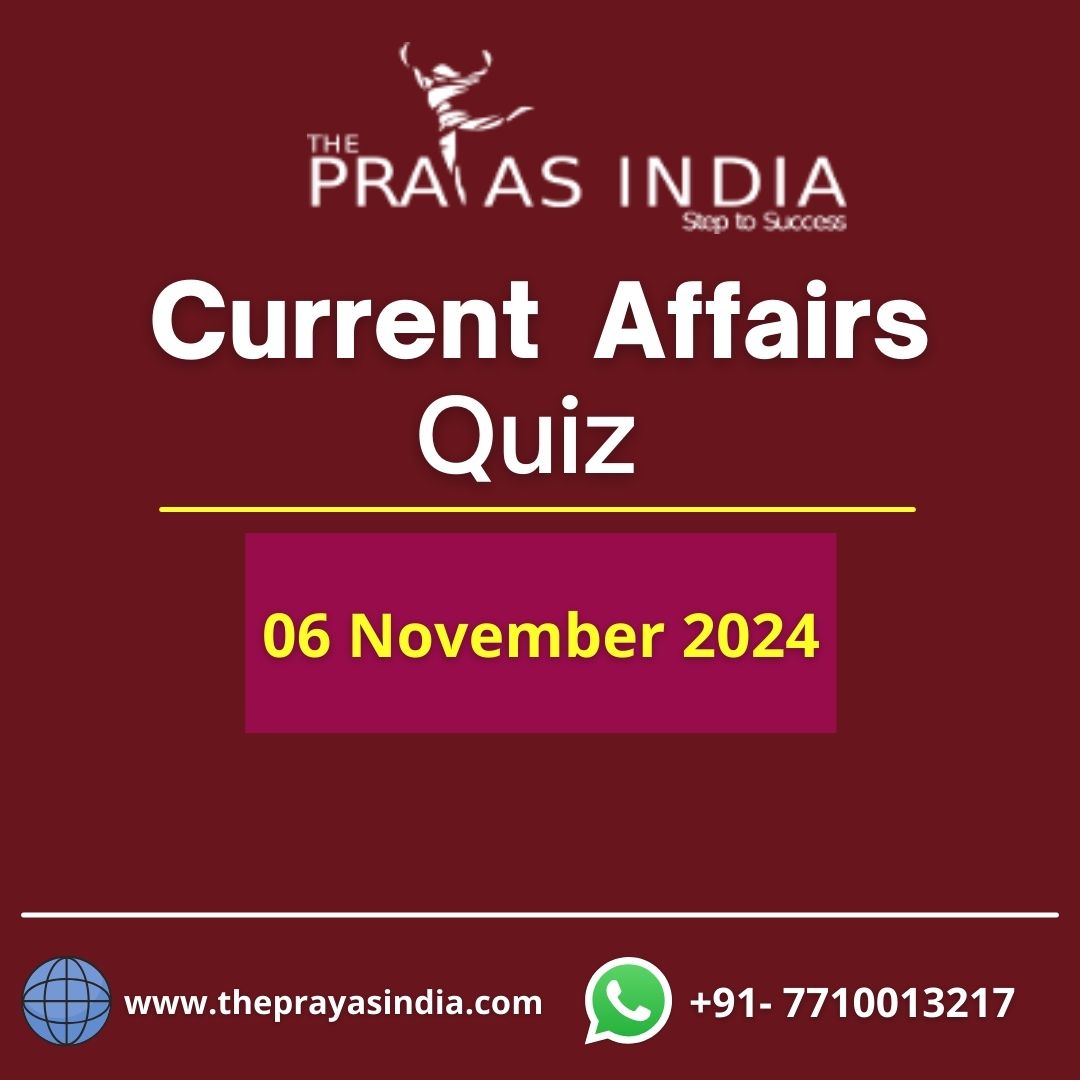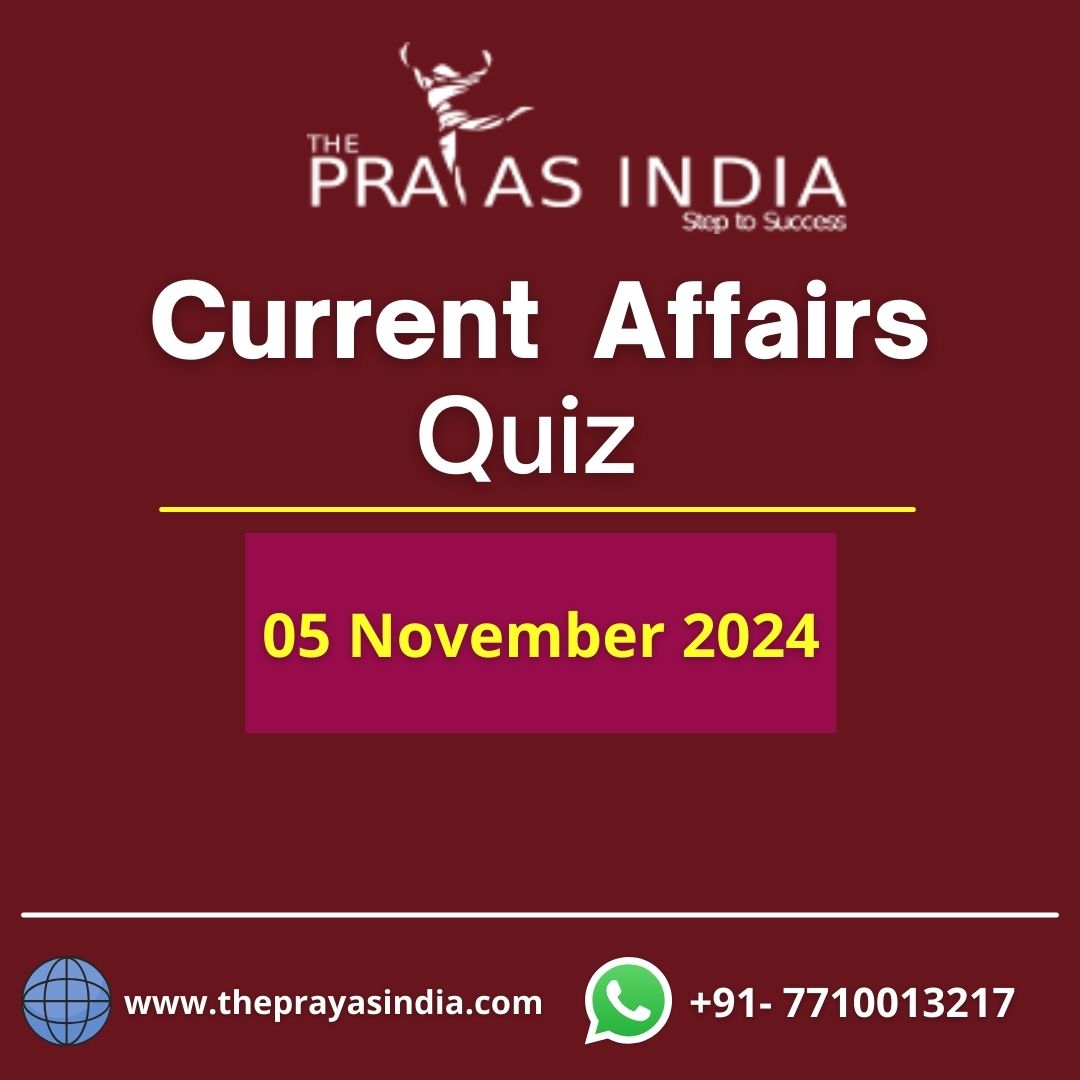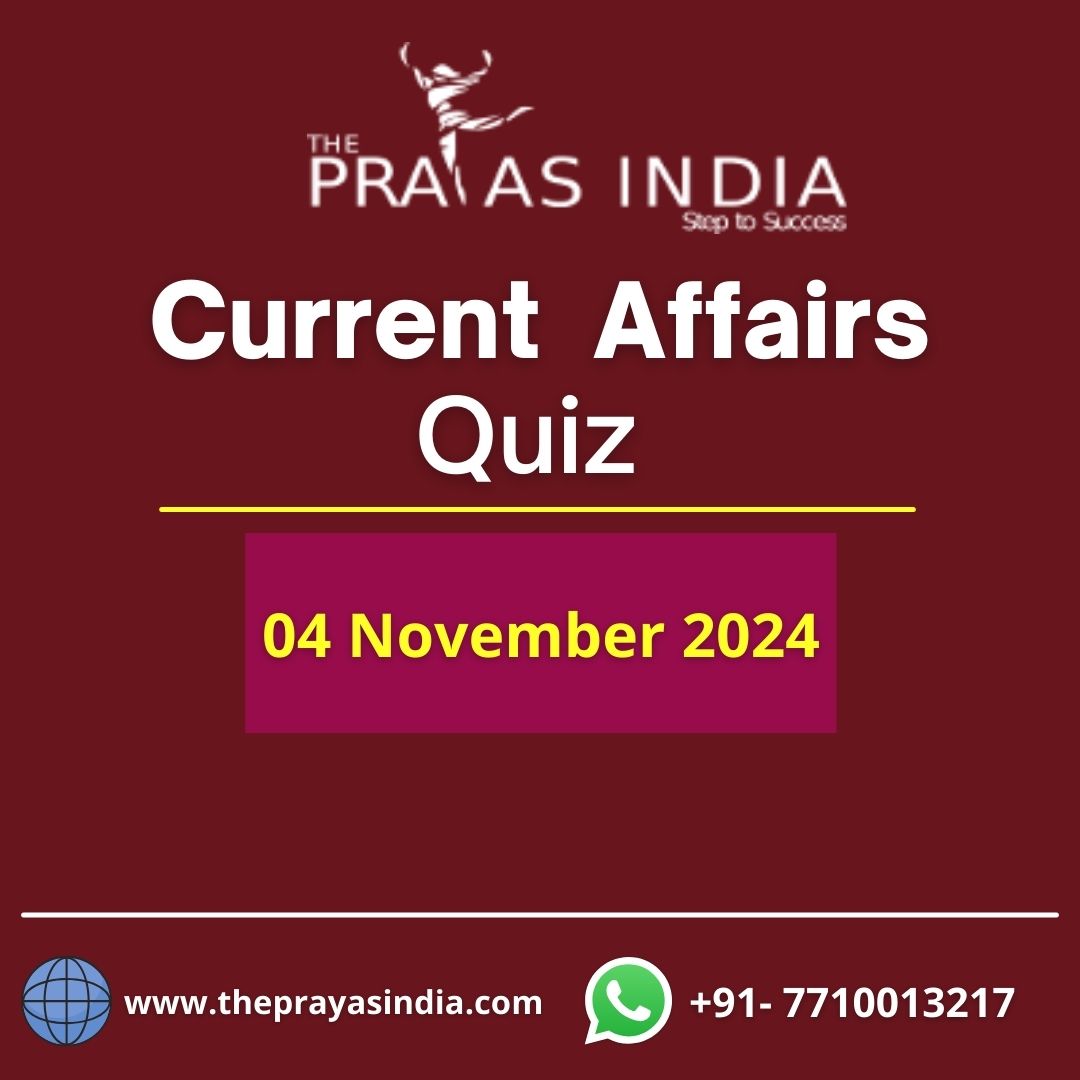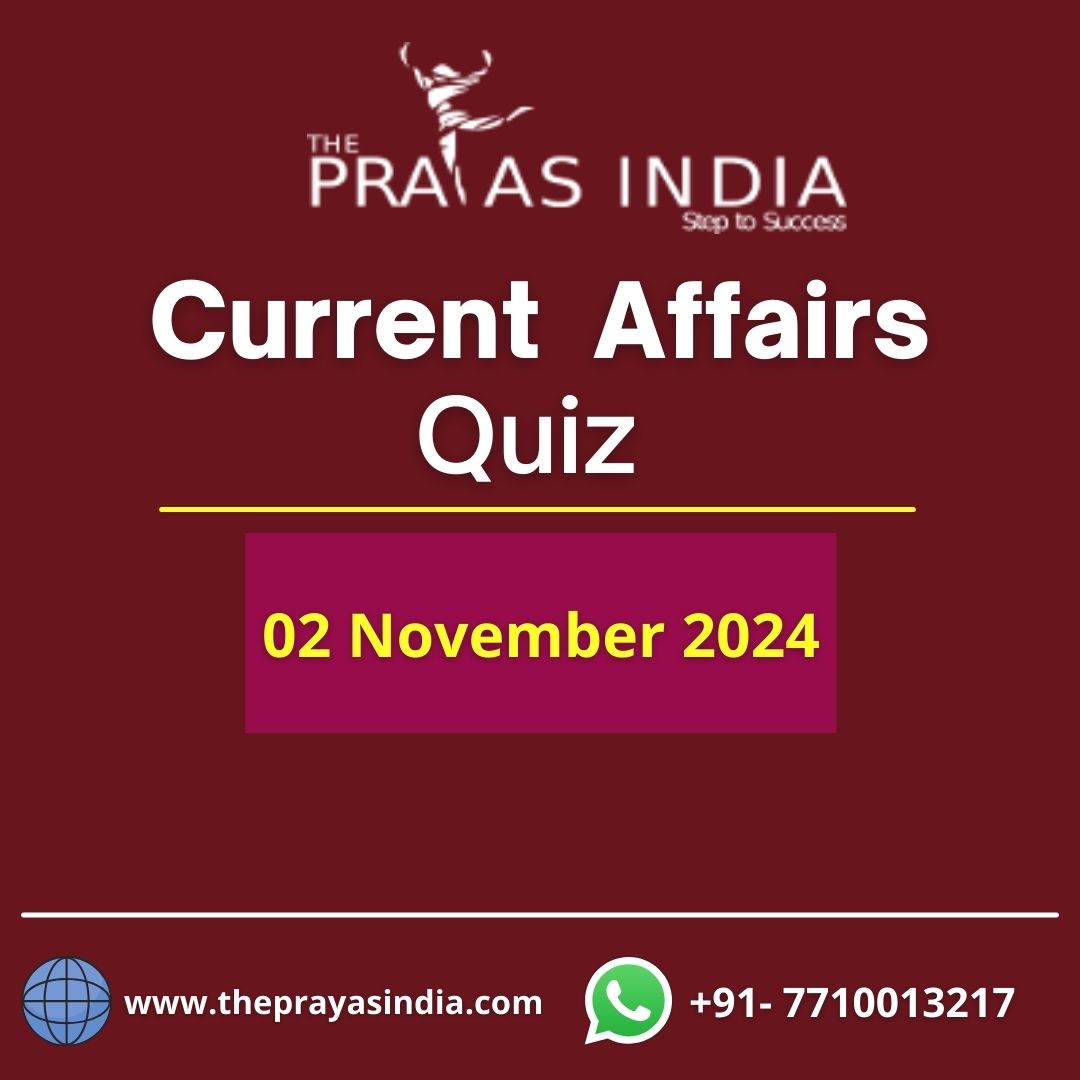Q1. Mangroves, saltwater crocodile, Indian python, wild pigs and rhesus monkeys are found in which of the following national park:
- Bhitarkanika National Park
- Sundarbans National Park
- Nagarhole National Park
- Periyar National Park
- Solution:
(A)
Flora and Fauna of Bhitarkanika National Park:
- FloraàMangrove species, casuarinas, and grasses like the indigo bush.
- FaunaàThe Park is home to the saltwater crocodile, Indian python, black ibis, wild boar, rhesus monkey, chital, darter, cobra, monitor lizard. Olive ridley turtles’ nest on Gahirmatha and other nearby beaches.
- Bhitarkanika has one of the largest populations of saltwater crocodile in India.
Q2. Which of the following species are naturally found in India:
- Red-headed vulture
- Flying Squirrel
- Koala
- Golden Langur
Select the correct answer code:
- 1, 4
- 2, 3
- 1, 2, 4
- 1, 2, 3, 4
- Solution:
(C)
- The red-headed vulture also known as the Asian king vulture, Indian black vulture or Pondicherry vulture, is an Old World vulture mainly found in the Indian subcontinent, with small disjunct populations in some parts of Southeast Asia.
- Flying squirrel, (tribe Pteromyini), any of more than 50 species of gliding squirrels.
- Three species are North American, two live in northern Eurasia, and all others are found in the temperate and tropical forests of India and other parts of Asia.
- Gee’s golden langur (Trachypithecus geei), also known as simply the golden langur, is an Old World monkey found in a small region of western Assam, India and in the neighbouring foothills of the Black Mountains of Bhutan.
- The Koala is an arboreal herbivorous marsupial native to Australia.
Q3. In dry areas of low rainfall, thorny shrubs and scrubs grow. How do such plants adapt to the low level of moisture:
- Such plants generally have shallow roots to utilize water more efficiently.
- Some plant leaves have thorny and waxy surface to reduce loss of moisture by transpiration.
Which of the above statements is/are correct:
- 1 only
- 2 only
- Both 1 and 2
- Neither 1 nor 2
- Solution:
(B)
- Statement 1:They have adapted to desert conditions by developing extremely long root systems to draw water from deep underground near the water table.
- The mesquite’s roots are considered the longest of any desert plant and have been recorded as long as 80 feet.
- Statement 2:Some have succulent leaves to store moisture.
- Some have thorny leaves to reduce water loss by transpiration.
- Waxy leaves protect soil moisture beneath the coating.
Q4. Which of the following is a National Park, a UNESCO world heritage site and a Ramsar site in India:
- Sundarbans national park
- Manas national park
- Keoladeo national park
- Both a) and c)
- Solution:
(D)
- Both Sunderbans National Park, Assam and Keoladeo National Park, Rajasthan are both UNESCO World Heritage Sites and Ramsar Sites.
Q5. The chemical oxygen demand (COD) test is commonly used to measure which of the Following:
- Measuring oxygen levels in blood
- Computing oxygen levels in forest ecosystems
- Oxygen required to decompose organic constituents present in the wastewater
- Amount of oxygen used in an oxygenation process.
- Solution:
(C)
- The amount of oxygen that is required for the chemical oxidation of the organic and inorganic chemicals present in the wastewater by utilising oxidising agents like Potassium permanganate, Potassium dichromate etc. is called as chemical oxygen demand (COD).
- COD is the oxygen demand that is consumed by both inorganic and organic matter present in the wastewater sample.
Q6. Consider the following statements regarding Critical Ecosystem Partnership Fund (CEPF):
- It is a global program that provides funding and technical assistance to non-governmental organizations and other private sector partners to protect critical ecosystems.
- It focus on the mega diverse countries in the world.
- The fund is a joint program of Conservation International, the European Union, the Global Environment Facility, the Government of Japan and the World Bank.
Which of the above statements is/are correct:
- 2, 3
- 1, 3
- 1 only
- 1, 2, 3
- Solution:
(B)
- Biodiversity—the rich array of life on Earth—is fundamental to human survival, but under tremendous and growing threat.
- The Critical Ecosystem Partnership Fund (CEPF) was founded in 2000 to address this challenge by empowering civil society in developing countries and transitional economies to protect the world’s biodiversity hotspots, which are some of Earth’s most biologically rich yet threatened terrestrial ecosystems.
- Critical Ecosystem Partnership Fund (CEPF) is a joint biodiversity conservation initiative of l’Agence Française de Développement, Conservation International, European Union, Global Environment Facility, Government of Japan, and World Bank.
- CEPF works to protect ecosystems and the species within them by awarding grants to local and international civil society organizations working in biodiversity hotspots around the world.
- Grant recipients include nonprofit organizations, indigenous peoples groups and small businesses, among others.
Q7. Consider the following statements regarding International Court of Justice:
- ICJ acts as an appeal court for any international tribunal.
- The judgements of the ICJ are final and without appeal.
- UN Security Council can enforce ICJ rulings.
Which of the above statements is/are correct:
- 1, 2
- 1, 3
- 2, 3
- 3 only
- Solution:
(C)
- The ICJ is not a supreme court to which national courts can turn; it does not act as a court of last resort for individuals.
- Nor is it an appeal court for any international tribunal.
- It can, however, rule on the validity of arbitral awards.
- The Court can only hear a dispute when requested to do so by one or more States.
- It cannot deal with a dispute on its own initiative.
- Neither is it permitted, under its Statute, to investigate and rule on acts of sovereign States as it chooses.
- Judgments are final and without appeal.
- If there is a dispute about the meaning or scope of a judgment, the only possibility is for one of the parties to make a request to the Court for an interpretation.
- In the event of the discovery of a fact hitherto unknown to the Court which might be a decisive factor, either party may apply for revision of the judgment.
- United Nations Charter authorizes the UN Security Council to enforce Court rulings.
- However, such enforcement is subject to the veto power of the five permanent members of the council.
Q8. UN convention on the Rights of persons with disabilities includes which of these rights for the differently abled:
- Rights to accessibility including the information technology
- Rights to live independently and be included in the community
- Rights to participate in political and public life
Select the correct answer code:
- 1, 3
- 2, 3
- 1, 2
- 1, 2, 3
- Solution:
(D)
- Rights specific to this convention include the rights to accessibility including the information technology, the rights to live independently and be included in the community (Article 19), to personal mobility (article 20), habilitation and rehabilitation (Article 26), and to participation in political and public life, and cultural life, recreation and sport (Articles 29 and 30).
Q9. Consider the following statements:
- India is the world’s largest crude oil importer.
- At present, OPEC countries meet 90% of India’s crude oil demand.
Which of the above statements is/are correct:
- 1 only
- 2 only
- Both 1 and 2
- Neither 1 nor 2
- Solution:
(D)
- India is the world’s third-largest crude oil importer.
- OPEC meets 78% of India’s crude oil demand, 59% of its LPG needs, and nearly 38% of LNG consumption.
- Traditionally, OPEC nations offer bigger discounts on crude oil sold to western economies in comparison to eastbound cargoes.
Q10. Hague Code of Conduct (HCOC), sometimes seen in news, is related to:
- Code of Conduct for civil servants working for United Nations
- Prevention of the proliferation of ballistic missiles
- Prohibition of the usage of biological weapons by the member countries
- None of the above
- Solution:
(B)
- The International Code of Conduct against Ballistic Missile Proliferation, also known as the Hague Code of Conduct (HCOC), was established on 25 November 2002 as an arrangement to prevent the proliferation of ballistic missiles.




